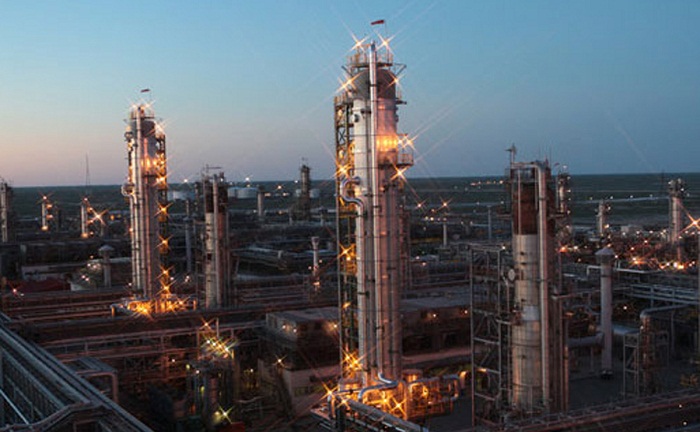He believes that the escalation of tensions between Saudi Arabia and Iran make it even less likely that OPEC will agree to cut output to boost prices.
“Non-OPEC supply has also, so far, been slow to respond to the slump in prices,” he said. “In particular, US production has remained high despite a collapse in the number of rigs drilling new wells,” Jessop added.
This partly reflects the increased efficiency of existing wells, many of which would remain profitable at prices of $20 a barrel or lower, economist explained.
He believes, that on this basis alone, global oil prices could still fall further in the coming weeks.
Oil prices slid to an 11-year low on Wednesday under pressure from a strong dollar and weak Chinese data, as crude continues to suffer from a persistent supply glut.
Brent crude, the global oil benchmark, fell 4 percent to $34.95 a barrel on London’s ICE Futures exchange, the lowest intraday level since July 2004. On the New York Mercantile Exchange, West Texas Intermediate, the U.S. price gauge, was down 3.1 percent at $34.90 a barrel.
With OPEC in disarray and China uncertainty persisting, Capital Economics’ analysts cut their end-2016 forecast from $55 to $45 a barrel.
Meanwhile, analysts believe that the further that oil prices fall in the near term, the stronger the supply and demand responses are likely to be, and the sharper the subsequent rebound.
“That said, the $100 price for a barrel of oil that many had assumed was the ‘new normal” probably won’t be seen again in the foreseeable future,” Jessop said.
More about:
















































